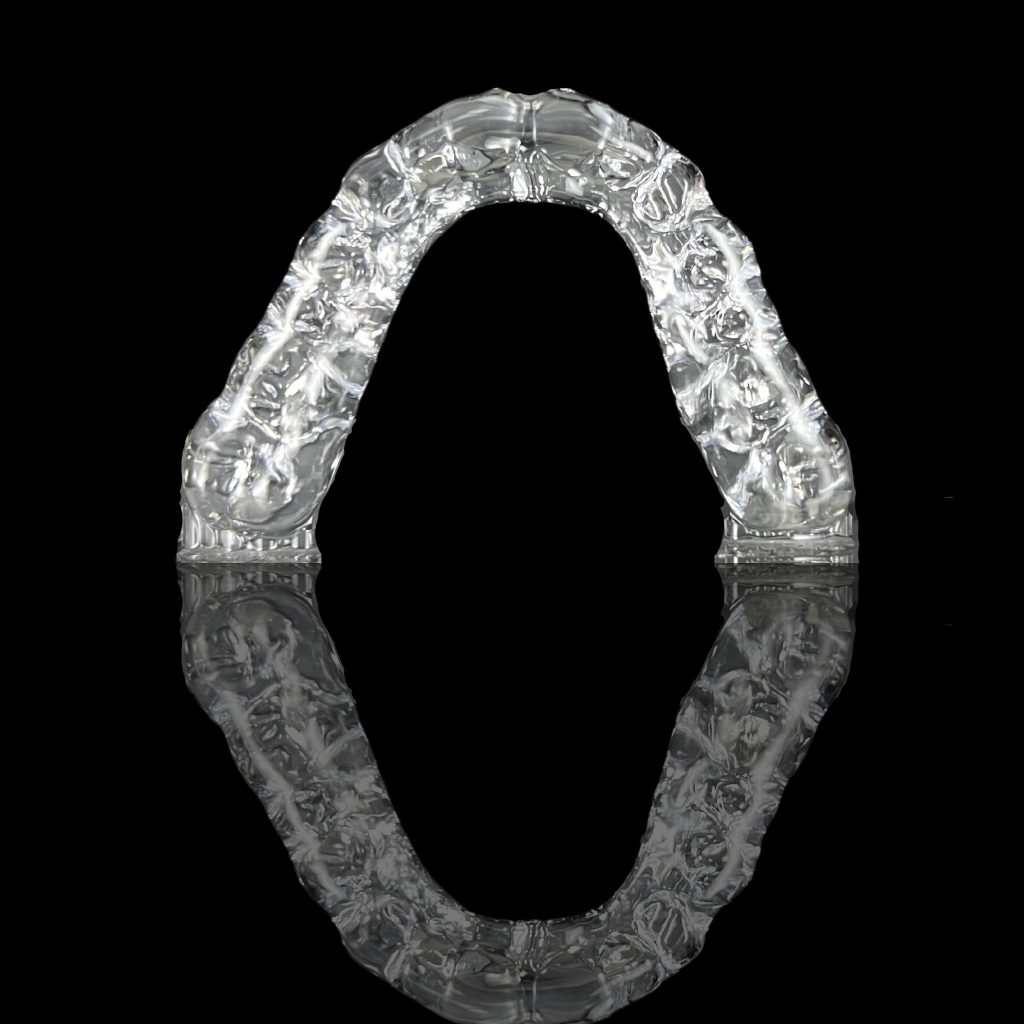
In the realm of dental care, a new innovation has emerged that promises to transform the way we approach dental splints. Step aside, traditional splints, and make way for digital dental splints. These cutting-edge devices bring a plethora of benefits, rendering them a superior alternative to their conventional counterparts.
One of the primary advantages of digital dental splints lies in their precision. Unlike traditional splints, which often necessitate manual adjustments and subjective guesswork, digital splints are meticulously crafted using state-of-the-art computer-aided design and manufacturing (CAD/CAM) technology. This sophisticated process ensures an impeccable fit for each patient, optimizing both comfort and functionality. The digital nature of the design facilitates intricate adjustments, enabling dentists to address any bite misalignments or imbalances with enhanced accuracy, leading to improved treatment outcomes.
Moreover, digital dental splints offer an unparalleled level of customization. Traditional splints are limited to generic, one-size-fits-all designs, which fail to accommodate the unique dental anatomy of individual patients. Conversely, digital splints can be tailor-made to precisely suit each person’s specific needs. Dentists can employ detailed digital scans of a patient’s teeth and jaw, enabling the creation of a splint that harmonizes flawlessly with their unique dental structure. This personalized approach not only enhances treatment effectiveness but also ensures a snug fit, minimizing discomfort and maximizing patient satisfaction.
Durability and longevity are further areas where digital dental splints excel. Traditional splints are typically crafted from materials that are susceptible to wear and tear over time. Conversely, digital splints utilize advanced 3D printing techniques and top-quality, resilient materials. The result is a splint that exhibits remarkable resistance to cracks, fractures, and deterioration, thereby boasting a significantly longer lifespan and reducing the need for frequent replacements.
In terms of convenience, digital dental splints offer a marked improvement over their traditional counterparts. Traditional splints often necessitate multiple visits to the dentist for adjustments and fittings, posing a significant inconvenience for patients, particularly those with hectic schedules. Digital splints, however, streamline the process by eliminating the need for physical adjustments. With the initial digital scan, dentists can make precise modifications digitally, saving both the practitioner and the patient valuable time and effort.
Lastly, digital dental splints pave the way for a more sustainable future. Traditional splints generate substantial waste due to the materials used and the frequent need for replacements. Digital splints, on the other hand, reduce the environmental impact associated with the production and disposal of traditional splints. By embracing digital technology, dental practices can contribute to a greener and more eco-friendly approach to dental care.
In conclusion, digital dental splints represent a remarkable advancement in the field of dentistry. Through their precision, customization, durability, convenience, and sustainability, they surpass traditional splints in every aspect. By opting for digital splints, patients can expect an elevated dental experience and improved treatment outcomes. Let us embrace the future of dental care and unlock the full potential of digital dental splints.

Open Hours
Monday – Friday : 8:30am – 5pm
Saturday – Sunday : Closed
JJ Ceramics 2020 All Right Reserved | Website Design & Development by Digimedia Worx